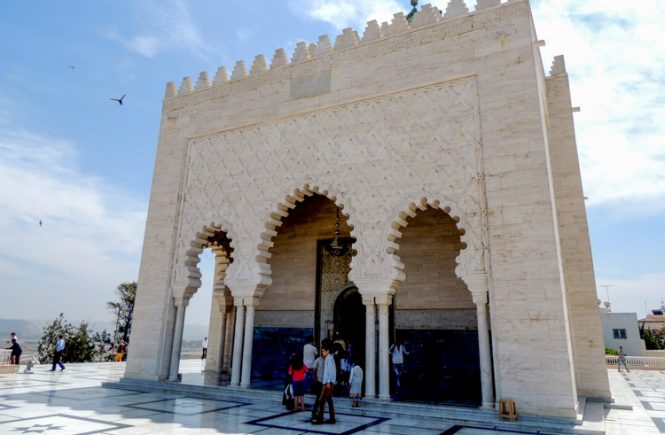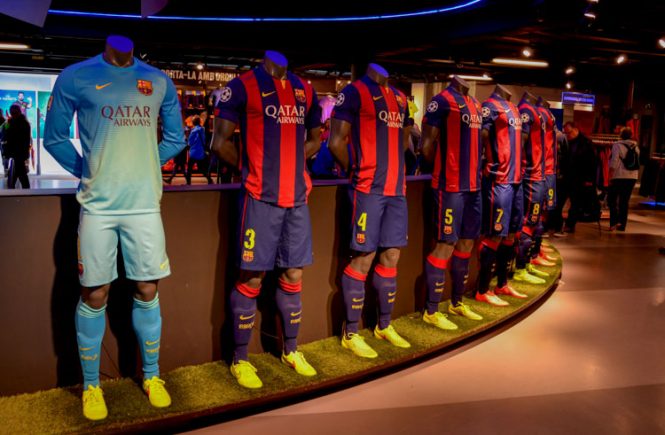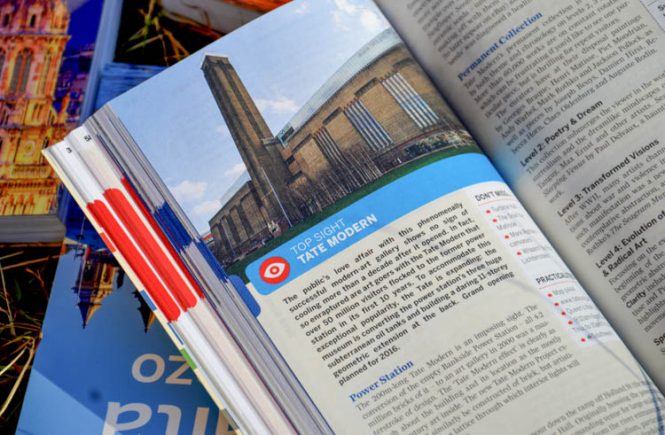Railway station in Casablanca (Casa Port), which is reminiscent of some of our smaller stations in Slovenia, we had close to the hotel… so, we get there without any problems. We wasn’t in a hurry, because trains in Rabat drives every half hour and ticket to get there, for both us together cost 70 mad.
After a relatively short ride, we arrive in Rabat, which immediately positively surprised us. Large, beautifully decorated streets, fountains, a lot of people… just the opposite of what we saw so far in other cities. Station Rabat Villa is located on one of the main streets, Mohammed V. However, we had just one problem here, how to find a place to stay for two nights and for little money. Back home we didn’t find any on the Booking. Prices ranged from € 120, which is too much for this country. We followed the Lonely Planet and started searching. First, we stopped in front of Hotel Central, which should be considered as one of the low budget hotels. The hotel is old as hell, the receptor with no will to live and price considerably more expensive than it is presented in the book. Therefore with our hunting for low budget accommodation as we continue the journey towards the medina. Just before the medina, we turn into the hotel called Doghmi or Dorhmi as written in the Lonely Planet. Older receptionist nicely adopts us with fluent English and great deal of friendliness. However, the main reason we stay here, was the price, for two nights we spend just 280 MAD for both. The only disadvantage of the hotel was a common toilet and shower, but we don’t mind that for that price.
Discovering Rabat we began with in a fog wrapped Hassan Tower, which is built in the same way as the Giralda in Seville and the Koutoubia in Marrakech. In the vicinity is the mausoleum of Muhammed V, dressed in white marble and built in a Moroccan style. In front of mausoleum, we were stopped by a woman (probably a local) with two daughters and asked us if the girls can take a picture with Saša. We were surprised by that, we agreed and we both end up on the picture 🙂 Later we walked along the coast, where you can observe the locals at catching fishes, jumping in the water and enjoying the sun. We end up in the Kasbah des Oudaias district, in which all the houses are in white and blue colour, one of the restaurant offers you a beautiful view of the sea.
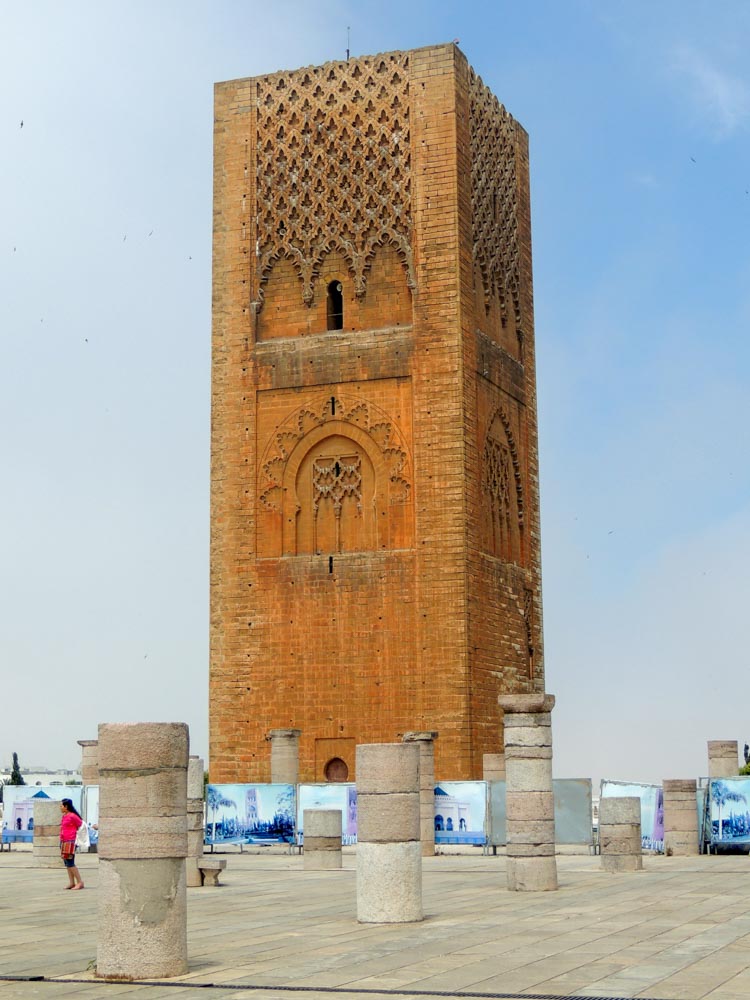
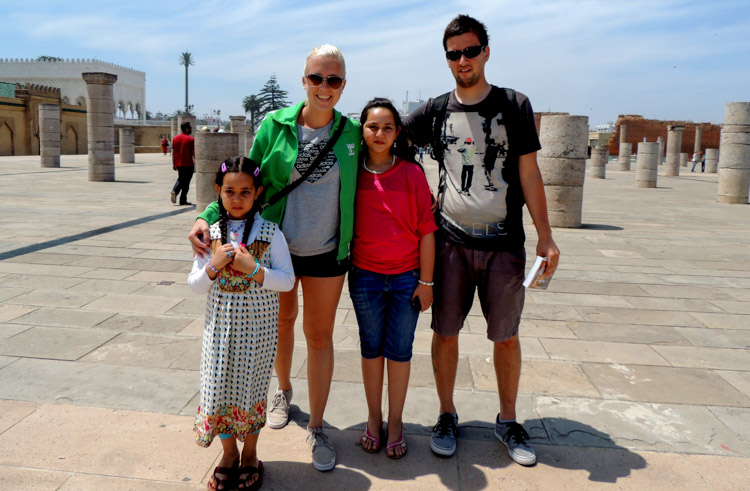
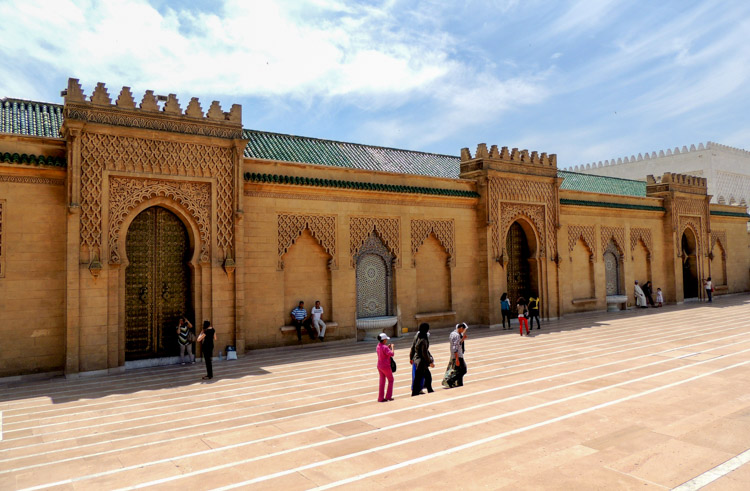
After some kilometres of walking, it was obviously time for our first taste of more or less Moroccan lunch (until now we insist on a more European menus). We tried a dish called Chawarma. Pieces of fried spiced chicken with a sauce of sesame, served with fries. This was delicious and will definitely end up on our menu in days to come.
The next day, we went to the bigger bus station near the gate (Bab al-Had) through which the path leads to the old medina. There we started to stopping taxis to take us to the zoo. Yeah, for second day here we choose to go the zoo, to see natural side of Rabat. Ride started with pleasant surprise, because driver turn on the taximeter, so we didn’t have to haggle for a price. Jardin Zoologique de Rabat (zoo) is opened for three years now and comprises about 14 hectares of land in the future is expected to increase further. It is divided into thematic areas (savannah, desert, swamp, tropical forest). There is more than 100 species of animals. We take advantage of student discount, but with a few problems, because there is no more pictures on our new student cards. However, we got it at the end and paid just 30 MAD per person.
Zoo seemed great to us, tidy, clean and hardly any animal was enclosed in a cage… Especially we found it interesting, large aviary with birds over which we walked, while different types of birds just flew above us. Concisely, the zoo in Rabat is worth seeing if you only have time.
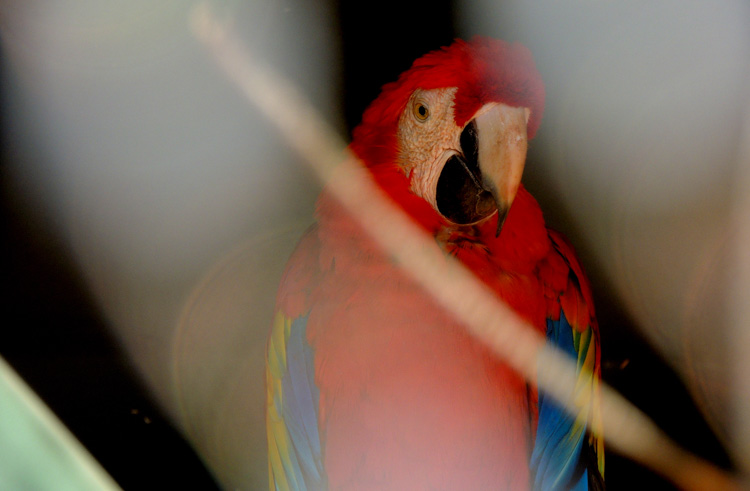
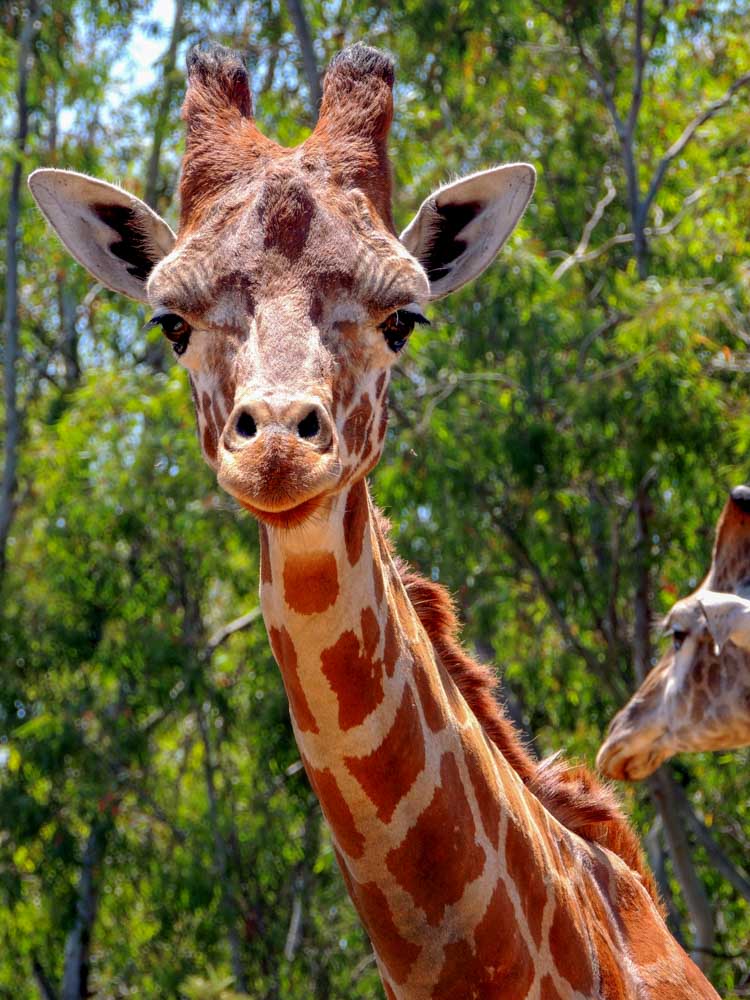
After the visit, we get back to the town, but we had to stop a taxi on a freaking highway. Driver who took us here, had suggested that we should rather stop a “grande” taxi, which would also be much cheaper than a regular ones, but we avoided those from the first day in Morocco. These were white Mercedes, old at least 30 years. However, this time we didn’t had no choice, so we were waving at the road for a few minutes, and then we finally got one. It had travelled almost 800 thousand kilometres, which was probably not a real number, when you consider what people generally practiced in automotive meters. Nevertheless, we came back to the Bab al Had safe. Driving with a car in Morocco is otherwise a real small disaster, people drive by fell and not by the rules, so they say.
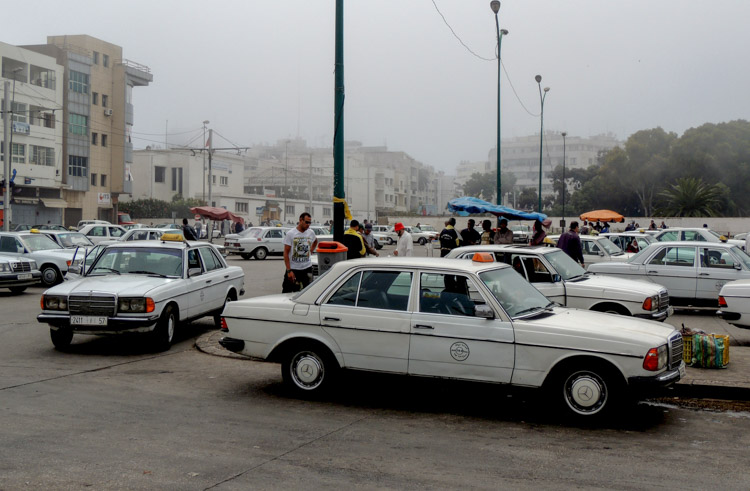
S & B
